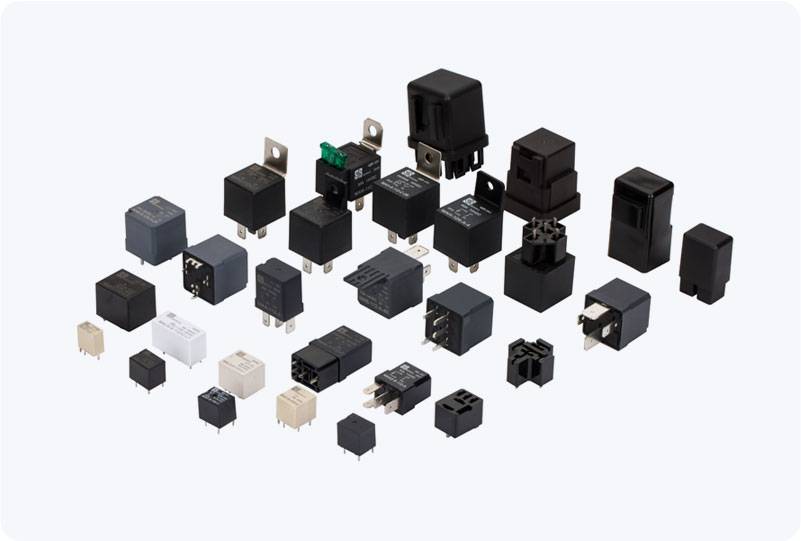understanding 220vac power relays: key components in electrical systems
Release time:2025-05-25 01:02:15
A 220VAC power relay is an essential component in electrical circuits, providing a crucial function in controlling high-voltage equipment through a low-voltage signal. These relays are widely used in various industrial and residential applications to ensure safety, reliability, and automation in electrical systems. In this article, we will explore the importance, working principle, types, and applications of 220VAC power relays, highlighting their vital role in modern electrical engineering.

What is a 220VAC Power Relay?
A 220VAC power relay is an electrically operated switch designed to control the flow of electric current in high-voltage circuits, typically operating at 220 volts alternating current (VAC). Relays like these are designed to isolate control circuits from high-power circuits, providing a safe interface for switching large loads. They are widely used in environments where electrical control is needed, but the control circuitry needs to remain isolated from high-voltage circuits.
Relays operate on an electromagnetic principle, where a coil of wire, when energized, creates a magnetic field that activates the mechanical switch. The relay consists of a coil, contacts, and a spring mechanism. The coil is energized by a low-voltage control signal (usually 12V or 24V DC), and when the relay coil is energized, it pulls the contacts together, completing the circuit and allowing current to flow through the high-voltage side.

